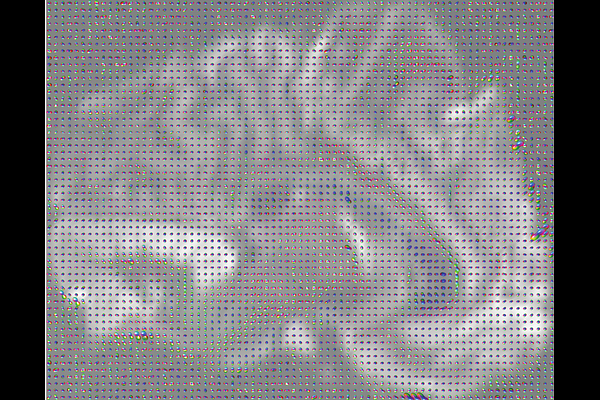Spatial Image Gradient Estimation from the Diffusion MRI Profile

Spatial Image Gradient Estimation from the Diffusion MRI Profile
Aganj, I.; Feiweier, T.; Kirsch, J. E.; Fischl, B. R.; van der Kouwe, A. J.
AbstractBackground: In the course of diffusion, water molecules experience varying values for the relaxation-time properties of the underlying tissue, a factor that has not been accounted for in diffusion MRI (dMRI) modeling. Purpose: With the aim of mining the dMRI signal for information about the spatial variations in the tissue relaxation-time properties, we derive a new mathematical relationship between the diffusion signal and the spatial gradient of the image, which enables the estimation of the latter from the former. Study Type: Retrospective and prospective. Population: Human brain dMRI images: 617 healthy subjects from the public Human Connectome Project (HCP) Young Adults database, as well as 10 healthy volunteers and 1 ex vivo image scanned at our Center with stimulated-echo (STE) diffusion encoding and a long diffusion time of 1 second (which we will make publicly available). Field Strength/Sequence: 3T, standard spin-echo and STE dMRI. Assessment: We validated our hypothesized relationship by evaluating the accuracy of the image spatial gradient estimated from the diffusion signal. Specifically, we compared it to the gold-standard spatial gradient approximated through finite difference, assessing the acute angle between the estimated and gold-standard gradient orientations. We furthermore measured the effects of the confounding factor of \"fiber continuity. Statistical Tests: We used two-tailed t-tests (=0.05) to compare the mean/median of the abovementioned acute angle across subjects to its null-hypothesis value (57.3{degrees}/60{degrees}), hypothesizing that it would be significantly smaller. Results: We found the image gradient estimated from our diffusion model to be significantly related to that estimated via finite difference. The abovementioned acute angle had a mean/median of 51.3{degrees}/51.8{degrees} for the HCP and 53.0{degrees}/54.5{degrees} for our STE dataset, which were significantly smaller than those predicted by chance (p = 0 and p < 10-10, respectively). The results of fiber continuity showed an effect that was stronger than but non-overlapping with our hypothesized effect. Data Conclusion: Our results support our hypothesized relationship between within-voxel dMRI signal and image gradient, with an effect that was not explainable by the confounding factor of fiber continuity.